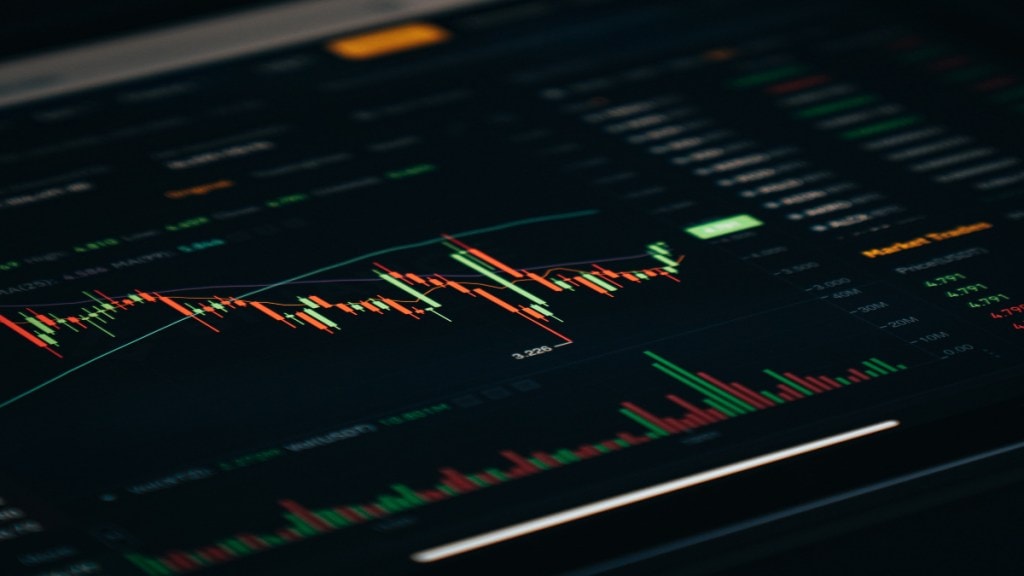The bears are resurfacing across the smallcap universe after the US markets saw the biggest decline in five years since 2020. The BSE Smallcap index cracked 1,578 points, or 3.3%, to hit a low of 45,916.24 level. The index is 20.5% below its recent all-time high of 57,827.69 and it’s just 10% away from its 52-week low of 41,709.23 level, which it touched on March 2025. Out of the total 980 trade shares, 903 stocks declined while 73 advanced.
The fall in broader markets came after the fall in US indices on concerns about recession. Slowdown concerns globally are also weighing on sentiment in India. The Dow and S&P 500 dropped over 4% each while the technology-heavy Nasdaq Composite plunged nearly 6%. The 30-stock average tumbled more than 1,600 points in the prior session. This had a domino impact on Indian markets too and the Nifty plunged below the key support zone of 23,000 and the Sensex cracked 1.1% or 860 points.
Small cap stocks see sharp cut: Top losers
Pearl Global Industries was the worst-hit smallcap stock, crashing 20% in the early trading hours. It was followed by Garware Hi-Tech Films, which fell by 14% then Star down 10%.
National Aluminium Company, Multi Commodity Exchange, KEI Industries, Angel One, and Lloyds Metal and Energy were the significant draggers of the index.
However, there were still some stocks that surged in the weak market. Kaveri Seed Company, NIBE, Gensol Engineering, and Suyog Telematics were the top gainers in the index.
BSE Small Cap Index: Know all about it
According to the definition, the BSE SmallCap is designed to represent the bottom 15% of the total market cap of the BSE. The index is designed to represent the small-cap segment of India’s stock market. It was launched on 11 April 2005.
The index which was constituted in April 2005 has a price-to-earnings ratio of 29.38. This means an investor is willing to pay Rs 29.38 more than the index earns. It has a price-to-book value of 3.36 and a dividend yield of 0.67.

